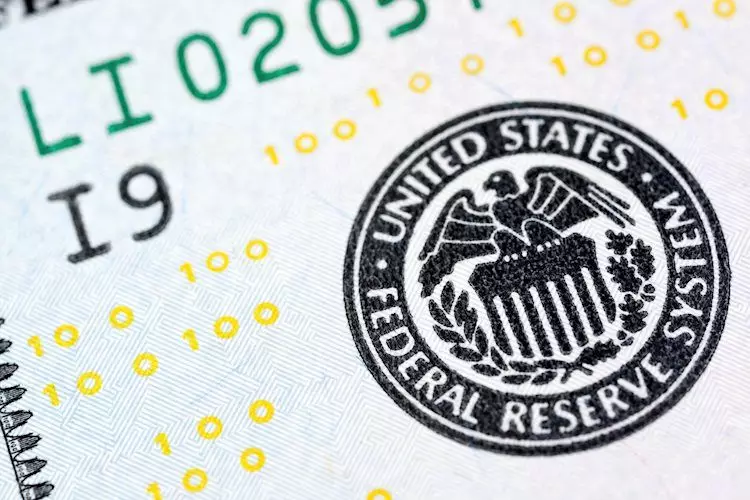Federal Reserve Bank of Kansas City Jeffrey Schmid recently indicated that lowering monetary policy could be a viable option if inflation continues to remain low. This suggests that the current stance of Fed policy is not overly restrictive, but there is room for adjustment if necessary. While financial conditions can have a significant impact on the real economy, the Fed must remain focused on its dual mandate of achieving price stability and fostering full employment.
Schmid also mentioned that the Fed is nearing but has not yet reached its target of 2% inflation. However, recent inflation data has been encouraging, leading to a greater sense of confidence that inflation is on track to meet the target. It is important to note that price data can be volatile, and it is crucial to analyze the worst-case scenarios rather than focusing solely on the positives.
Despite an overall healthy appearance, there has been a noticeable cooling in the labor market. This cooling is seen as a necessary condition for easing inflationary pressures. Should conditions deteriorate significantly, the Fed may need to reconsider its approach. The path of Fed policy moving forward will be determined by a combination of economic data and the strength of the economy, rather than assuming a predetermined path or endpoint for the policy rate.
The US Dollar Index is currently trading higher, indicating a shift in monetary policy by the Federal Reserve could impact the value of the dollar. The Fed utilizes interest rate adjustments as its primary tool to achieve its dual mandate of price stability and full employment. When inflation is above the 2% target, interest rates are raised, strengthening the dollar. Conversely, when inflation is low or unemployment is high, interest rates may be lowered to stimulate borrowing, which can weaken the dollar.
The Federal Reserve holds eight policy meetings a year where the Federal Open Market Committee (FOMC) evaluates economic conditions and makes policy decisions. The FOMC includes twelve Fed officials, comprising members of the Board of Governors, the president of the Federal Reserve Bank of New York, and rotating regional Reserve Bank presidents. In extreme cases, the Fed may resort to Quantitative Easing (QE) as a non-standard policy measure to increase credit flow in a financial system during crises.
Quantitative Tightening (QT) is the reversal of QE, where the Fed ceases bond purchases and does not reinvest matured bonds. This process is generally positive for the value of the US Dollar. QT is used to manage excess liquidity in the financial system and prevent inflation from rising uncontrollably. Understanding these tools and the Fed’s approach to monetary policy can provide insights into the broader economic landscape and potential market movements.

